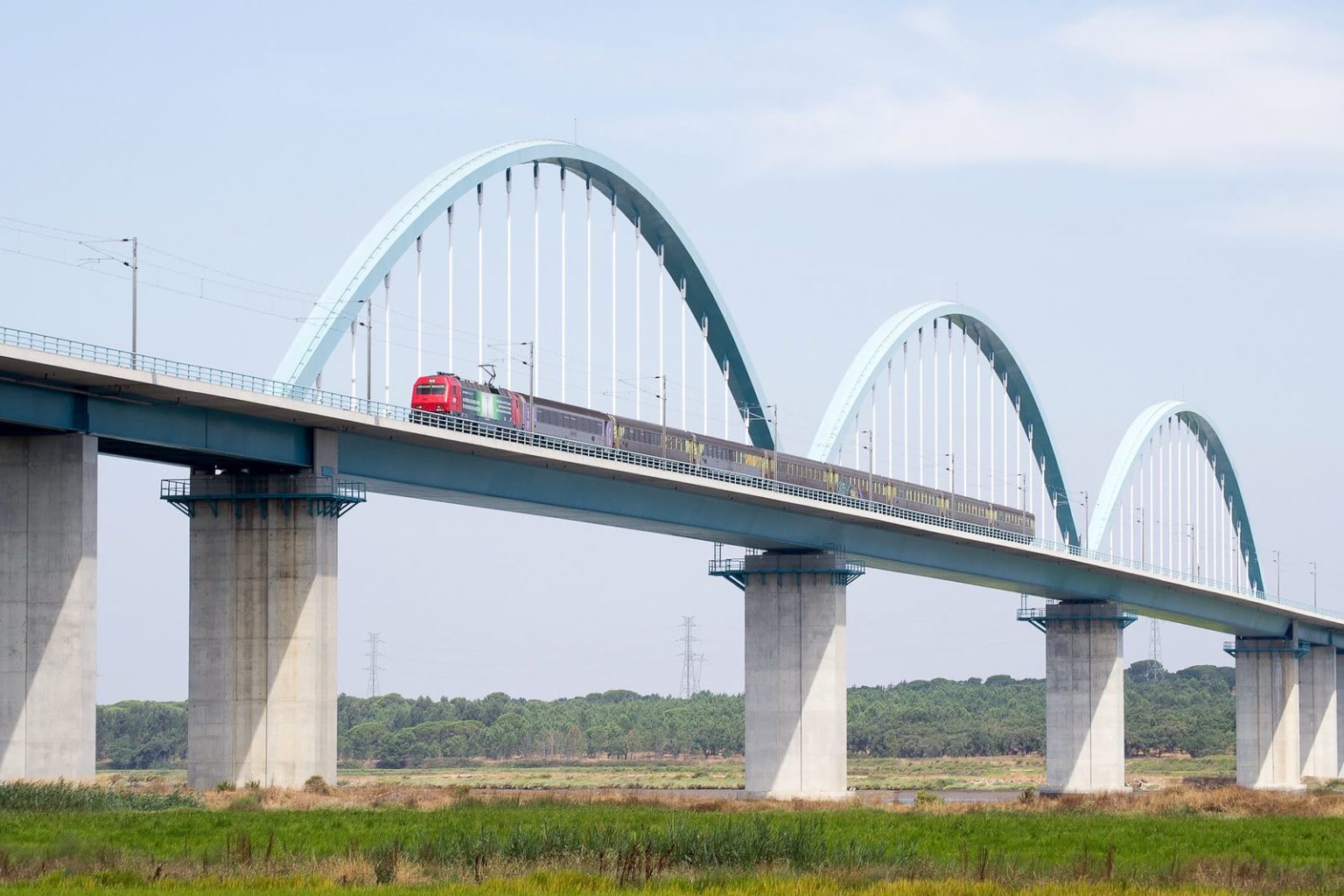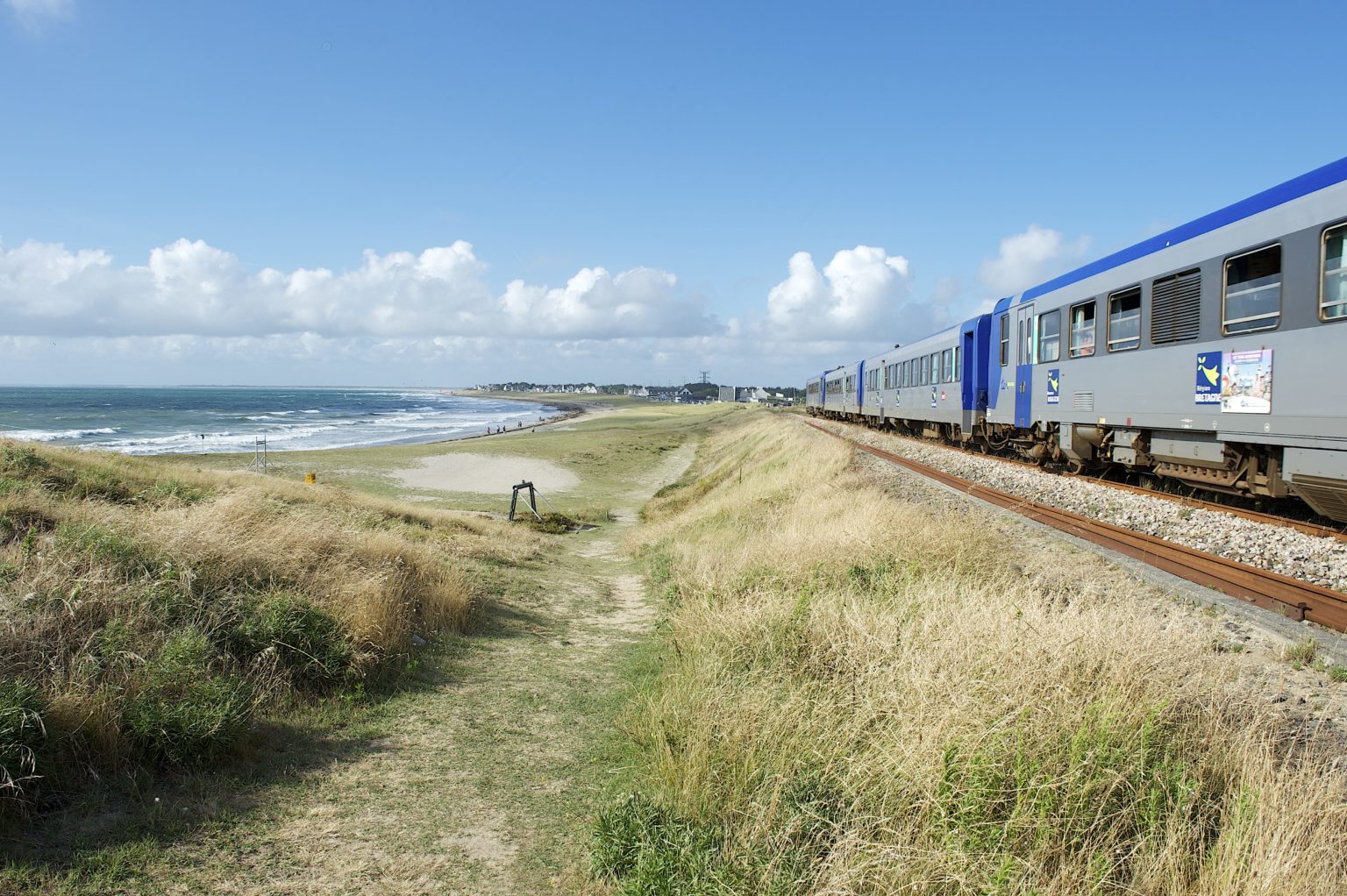Databases
Telematic Applications for Freight and Passengers
Objectives
Telematics applications ensure constant interfaces and dialogue between the train and the infrastructure at all stages of the process. The interchange of information between the Infrastructure Manager (IM) and the railway undertaking (RU) is essential to make telematics successful. Telematics are composed of two systems and regulations: 1) Regulation (EU) 2016/527 on the Technical Specification for Interoperability relating to ‘telematics applications for passenger services’ (TSI TAP) which aims at improving communications among railway actors and towards the passengers; 2) Regulation (EU) 1305/2014 on the Technical Specifications for Interoperability relating to the Telematic Applications for Freight subsystem of the rail system (TSI TAF) which aims at improving communications among railway actors related to freight transport.
EIM in action
- EIM and its members are involved in several telematic platforms with the European Commission and the EU Agency for Railways (ERA).
- EIM’s TAP-TAF Working Group (TAP-TAF WG) participates in these platforms and shares best practices between IMs.
- EIM cooperates with RailNetEurope (RNE), which is in charge of developing and deploying the necessary IT tools for telematics, together with EIM members.

EIM actions in 2022
- In the TAP-TAF revision, EIM has actively participated in the preparation of proposals for the ERA Change Control Management (CCM) Working Group and the Board.
- EIM’s TAP-TAF WG members attended many groups dealing with the implementation of the TSIs, as well as the Joint Sector Group with the rail stakeholders to promote the interests of IMs.
- EIM participates in a monthly joint meeting with RNE and CER to coordinate the different activities.
Outlook 2023
- EIM, together with ERA and the European Commission, will develop the future telematics applications and continues to develop TAF-TAP and the required IT systems.
- EIM and its members will participate in the JSG proposal for the ETA (Estimated Time of Arrival) which aims to improve the calculation of an accurate time of arrival.
- EIM will continue participating in the PRIME (Platform of Rail Infrastructure Managers in Europe) Subgroup on ‘Ddigital solutions for European rail capacity and traffic management in support of European cross-border rail traffic’.
- EIM will follow the evolution of the dependencies between the TAF-TAP legislations and the European project TTR (time tabling and capacity redesign).
- Restart to share best practices between EIM members in physical meetings
Application Guide
EC Regulation (EU) No 454/2011
on the technical specification for interoperability on the technical specification for interoperability relating to the subsystem ‘telematics applications for passenger services’ of the trans-European rail system

Register of Infrastructure
Objectives
The Register of Infrastructure (RINF) is the main tool for describing the static rail network characteristics and capabilities as required by the Directive (EU) 2016/797 on rail Interoperability. The European Commission set up the RINF as the main tool for publishing the rail network characteristics and capabilities, including the relevant information needed for the ‘route compatibility’ and the digitalisation of the ‘Route Book’.
The RINF consists of a centralised database hosted and managed by the EU Agency for Railways (ERA), describing: i) Operational Points (OP) representing stations, junctions, sidings etc; ii) Section of Lines (SoL) describing the characteristics of tracks which link Operational Points together.
A new level of description is in the process of being added to describe the detailed configuration of the network.
Each object is characterized by a set of properties (called ‘parameters’) describing its capabilities and restrictions.
These characteristics will allow the Railway Undertakings (RU) to assess the compatibility of their rolling stock with the infrastructure and build the Route Book for their personnel. The process and the information needed for those operations is described in the TSI OPE, Appendix D.
Infrastructure Managers (IMs), who have full knowledge of the characteristics and evolution of their own rail infrastructure, have to provide the necessary data directly to the Agency. A national representation is assured by the National Register Entity (NRE), which is mandated by the member state to coordinate the RINF implementation at the national level and liaise with the Agency during the development process.
EIM in action
- EIM represents the IMs as data providers for the RINF and, as such, ensures that all RINF parameters are providing a real added value.
- EIM’s RINF Working Group ensures that the technical requirements are defined with an adequate precision in the Application Guide.
- EIM’s RINF Working Group ensures that the technical requirements allow an efficient information transfer flow.
- EIM’s RINF Working Group analyses the requirements described in the different TSIs to determine the relevant use cases. It challenges the relevant TSI experts when the use cases are unclear.
- EIM’s RINF Working Group ensures that the technical requirements allow a representation of the reality suited to the use cases.
- EIM’s RINF Working Group coordinates with ERA to ensure realistic roadmaps.
- EIM’s RINF Working Group (RINF WG) shares best practices and participates in the relevant ERA Working Party.

EIM actions in 2022
- The EIM RINF WG has participated in the sector RINF WG meetings as well as on the ERA RINF Working Parties.
- The EIM RINF WG analysed the coherence and alignment of the requirements in the drafts of the future TSI OPE and RINF regulations.
- EIM Reviewed the drafts to the future RINF Regulation and gave comments on the parameters.
- EIM negotiated realistic deadlines for the RINF implementation and linked the deadlines for the new parameters to their technical description in the application guide instead of the decision publication.
Outlook 2023
- EIM will monitor the Commission Implementing Regulation (EU) 2019/777, and its successor.
- EIM will follow-up on the new functionalities to be covered by the RINF.
- Implementation of the Route book Functionalities.
- Implementation of the new required information.
- Implementation of the differential update mechanics.
- EIM will continue to discuss with ERA on how to:
- Improve the description of the network using more relevant parameter definitions.
- Implement the new data structures and data transfer procedures.
- EIM will participate in ERA´s RINF topical working groups which will discuss in detail the technical descriptions of the parameters and mechanics.
Application guide
EC Implementing Regulation (EU) 2019/777
on the common specifications for the register of railway infrastructure on the common specifications for the register of railway infrastructure and repealing Implementing Decision 2014/880/EU
